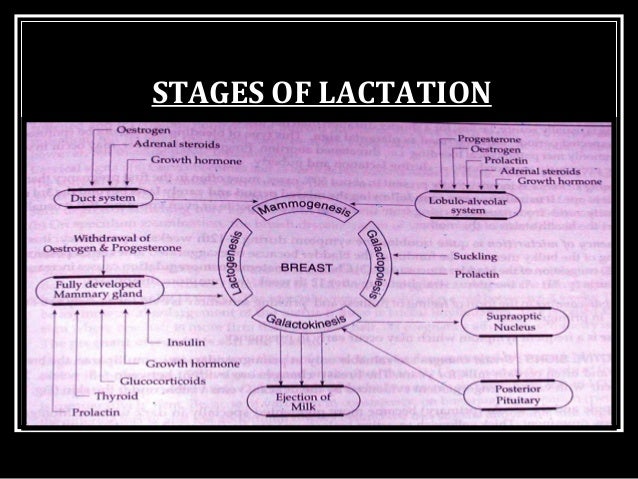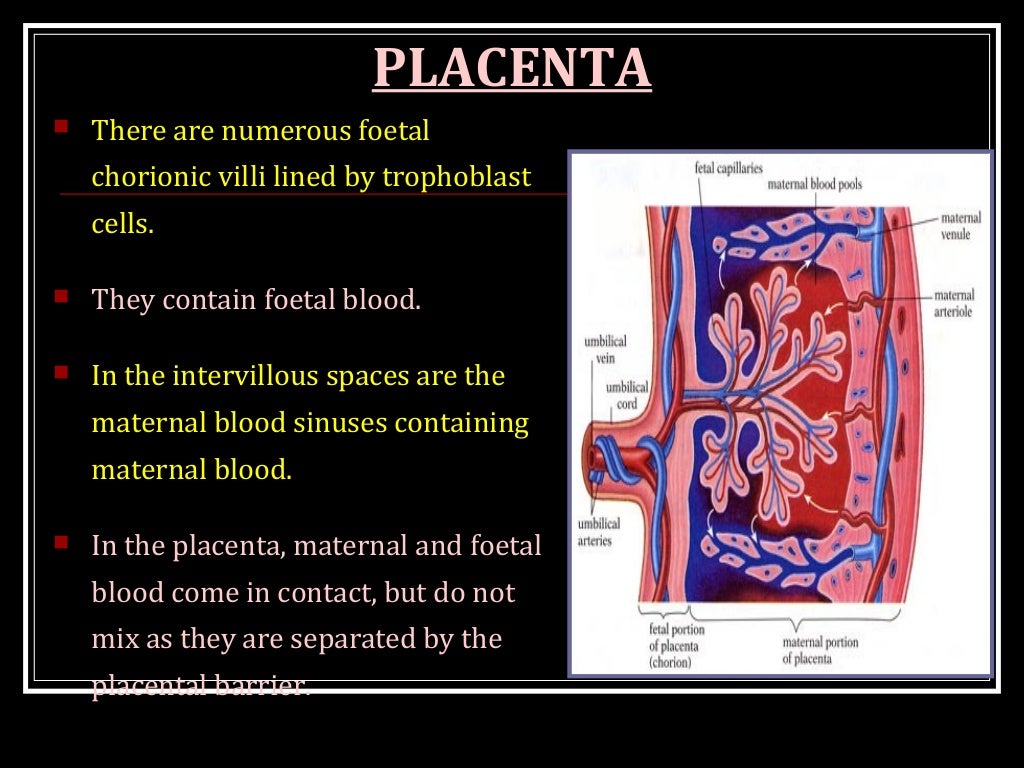
Some women choose not to have the oxytocin injection. This also helps reduce the risk of heavy bleeding from the vagina (called postpartum haemorrhage).

Actively managing your 3rd stage of labour can take up to 30 minutes. Meaning that you will receive an injection of Syntocinon (a synthetic version of the hormone oxytocin) to help your uterus contact and birth the placenta. You may choose to ‘actively manage’ this stage of labour. This is called the third stage of labour. How is the placenta delivered after birth?Īfter your baby is born, the placenta also needs to be delivered. Retained placenta can lead to severe infection or life-threatening blood loss for the mother. It can cause problems days or weeks after the birth. Sometimes, a piece of the placenta is left behind in the uterus (womb). Retained placenta is when the placenta doesn’t completely come out of the uterus after the baby is born.


If the bleeding and/or pain become significantly worse, call an ambulance on triple zero (000). It’s important to contact your doctor or medical team as soon as possible if you have any heavy bleeding from your vagina and/or pain in the days or weeks following birth.


 0 kommentar(er)
0 kommentar(er)
